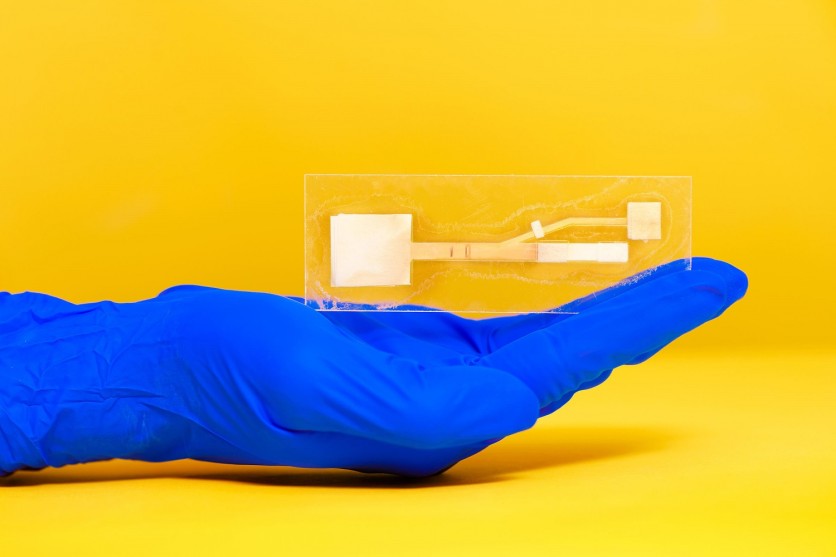Biomedical engineers from Purdue University in Indiana, US, have recently discovered and created one of the fastest ways possible to detect viruses across the globe like the most evident one, Coronavirus or COVID-19. Unlike other researchers, though, their newly-created medical device can be compared to pregnancy tests that determine status using lines!
Fastest way to detect Coronavirus COVID-19 now discovered by engineers?

On Monday, Mar. 2, Purdue University released a report explaining their students' newest creation that might be resolved the slow Coronavirus detection is happening around the world.
They developed a handheld paper device with glass fiber and cellulose that detects viruses and provides test results for only less than one hour or exactly 40 minutes. The test, though, is still being perfected as of today, but researchers believe that once this device is produced globally, their creation will be a 'game-changer' in the health industry and can be used all over the world.
"The difference between minutes and days is huge. Imagine the amount of people you could come in contact with throughout the course of a day waiting for results." said one of the researchers, Dr. Jacqueline C. Linnes. "I hope this is a potential game-changer."
As further explained, the paper device can be used in any laboratories or clinics to detect potential Coronavirus strands in a person.
How to use this paper device to detect Coronavirus?

If you think that this new device can be complicated to operate or use in a lab, think again. Since time is one of the most important factors to look at stopping the wider spread of the disease, Purdue University engineers revealed that using their paper device is just like using a normal pregnancy test.
"To know if a sample is positive, a user just looks for a second line to appear next to a control line on the device's paper strip - similar to reading a pregnancy test," said Linnes. "Folding the device automatically completes a multistep process needed for detecting a virus. When the device folds over, a liquid wash and chemical substances called reagents push the assay up a paper strip to make an easily visible detection line."
Though the test seemed to be easy, researchers said that this device is still needed millions of fund before manufacturing the device.
"This paper device isn't dependent on a particular virus or sequence. To detect COVID-19, we would just need an assay design specific to that sequence, which could come from a nasal or throat swap sample. Just like with MERS-CoV, a user could load the assay with liquid into the paper platform, fold the device and let it run," Linnes said.
ALSO READ: Clorox and Lysol Aren't Lying When They Claim They Can Kill 'Coronavirus'.. But There's A Catch!
ⓒ 2025 TECHTIMES.com All rights reserved. Do not reproduce without permission.




